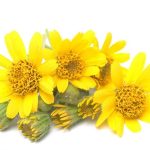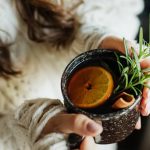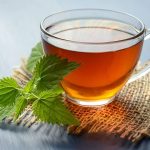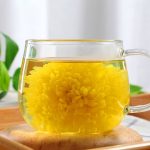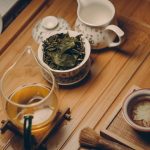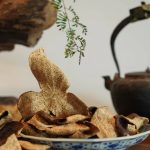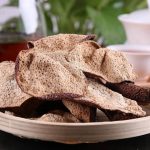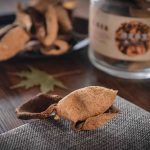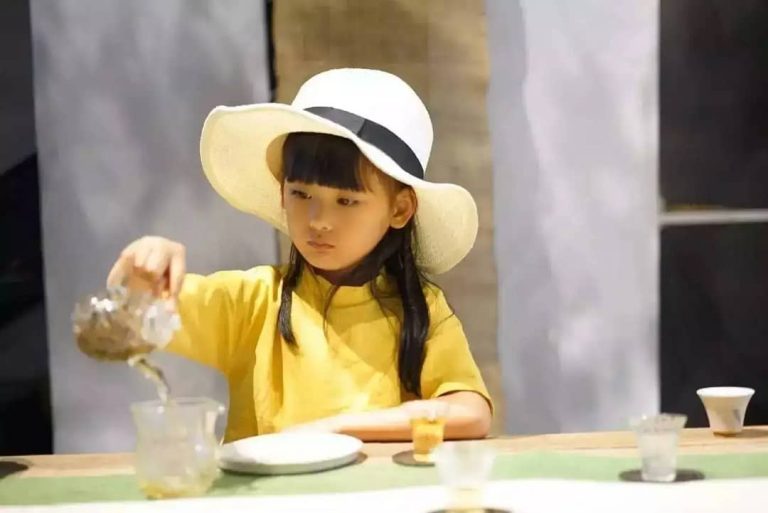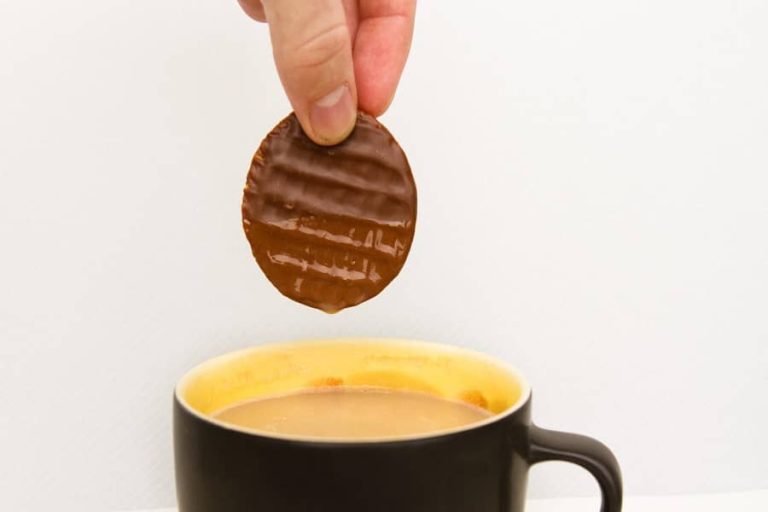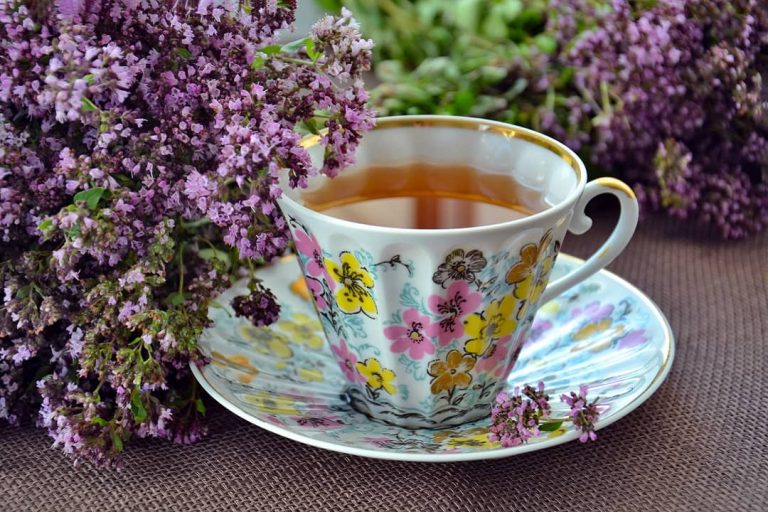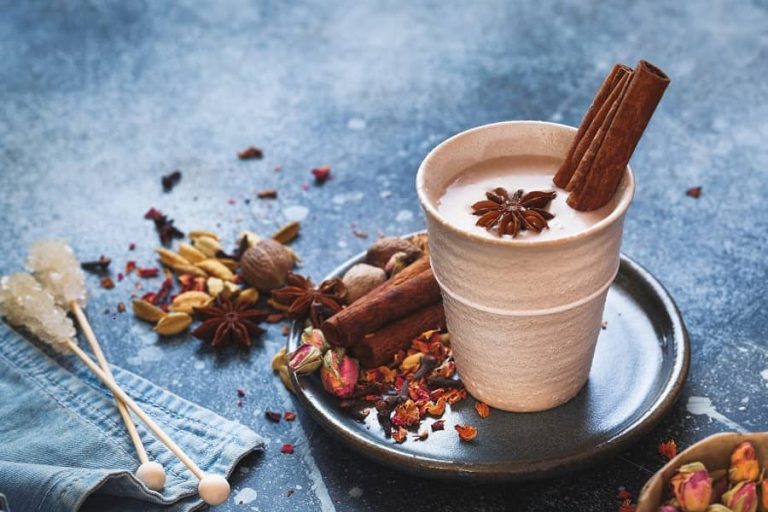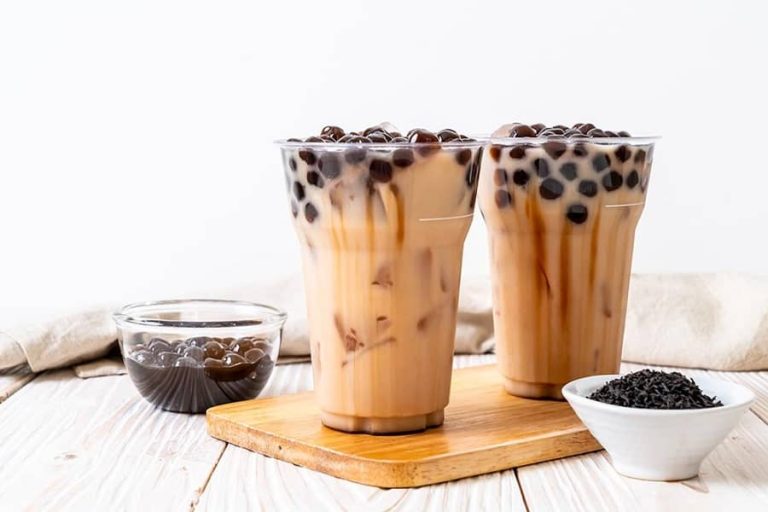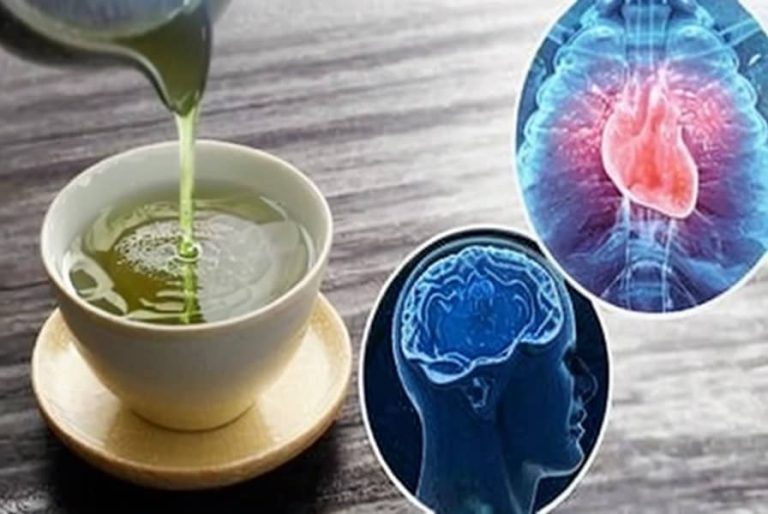Types of Tea in the World
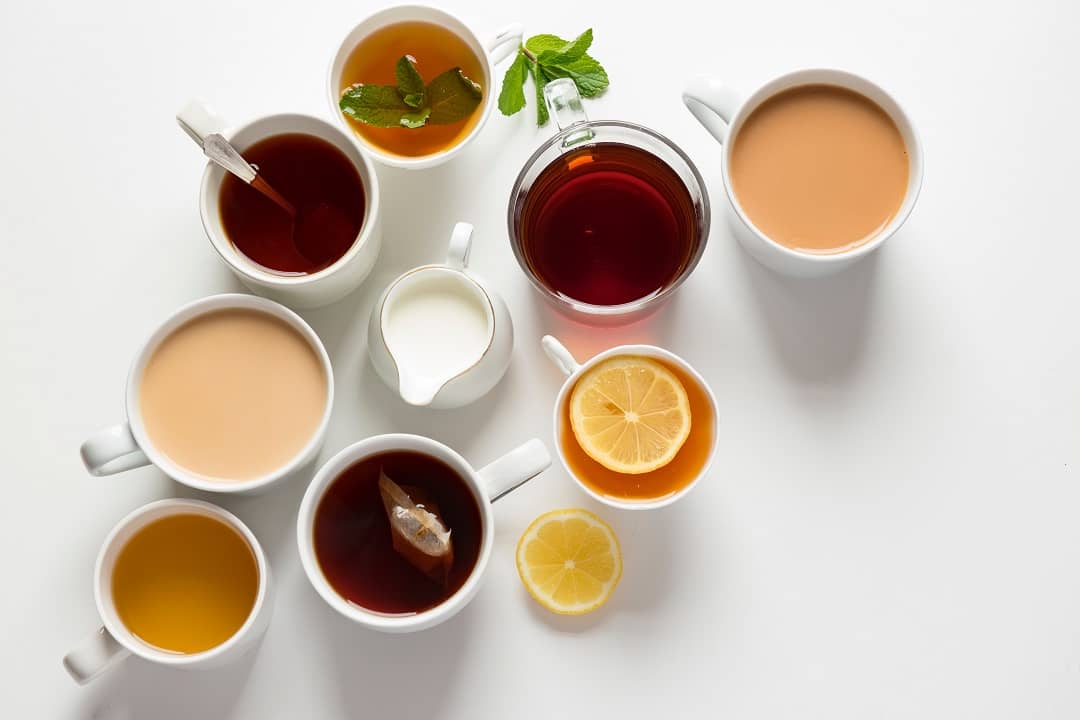
Tea is a kind of drink made from the tender leaves or buds on the new shoots of tea trees. Tea ingredients include catechin, cholestenone, caffeine, inositol, folic acid, pantothenic acid, etc. Tea beverage made from tea is one of the three largest beverages in the world.
There are rich varieties of tea. There are five main types of tea in the world:
- East Asian tea, such as Matcha in Japan, steamed green tea, barley tea in Korea, etc;
- Black tea from India, Sri Lanka and Kenya;
- South American Tea;
- European tea mainly includes tea bags and flower and fruit tea;
- Chinese tea.
#1 East Asian Tea
Japanese Matcha and Japanese tea ceremony have become the quintessence of Japan. Although the Chinese tea ceremony (Matcha) has a history of more than 1000 years, since the Ming Dynasty, tea brewing has become popular, and the Chinese Matcha ceremony has been lost. However, Rongxi returned to Japan after his study in China when he was sent to the Tang Dynasty, and Matcha was preserved, inherited and carried forward in Japan. The tea used in Japanese tea ceremony “matcha” is the powder of tea leaves. Matcha is different from ordinary Japanese tea. It is developed by special methods. First of all, when the tea tree has just grown new buds, the young leaves are picked and steam dried, and the stems are removed and ground into powder to become matcha.
#2 Black Tea From India
India is a major producer of black tea in the world. Among them, Darjeeling black tea is known as “the champagne in black tea” for its unique elegant aroma. Its soup color is bright orange (like a golden circle), musk grapes are fragrant, and the taste is pure, rich and sweet. Assam black tea soup is red brown in color, with mixed fragrance of rose and malt, and has a strong taste. Indians usually put black tea, milk and sugar into a pot, boil it with water, filter out the tea leaves, and pour the remaining tea soup that is as strong as coffee into the cup. Some people put some ginger slices, cinnamon, nutmeg, areca, fennel, cloves, etc. after the black tea is cooked to improve the flavor of the tea. These milk teas are also called “seasoned tea”.
There is also a special way to drink Masala tea, which is also called licking tea because it needs to be poured into the plate and licked with the tongue. Malaysia traditionally drinks “pull tea” with materials similar to milk tea. After preparing the ingredients, the chef poured the milk tea back and forth with two cups like magic. Because the two cups are far away, it looks like the white milk tea has been stretched, which is very interesting and is called pull tea.
#3 South American Tea
Mate tea is an indispensable drink in the life of South American people. South America calls it “fairy grass”, which is regarded as “a mysterious gift from God”. It contains up to 196 kinds of active nutrients, and is one of the most nutritious plants in the world. The local people’s traditional way of drinking tea is very special. A family or a group of friends sat around, a straw was inserted into a teapot with Mate tea, and people in the room were passing on the tea one by one, drinking and talking. When the water in the pot is almost dry, add hot water and continue to suck until the party is over.
#4 European Tea
There is even a popular saying in Britain that “when the clock strikes four in the afternoon, everything in the world will stop for (black) tea in an instant”. When Catherine, the Portuguese princess, married to Britain, she brought the Chinese black tea that had been spread to Portugal to Britain. Later, tea became a popular national drink in Britain, so Catherine was called the “tea queen”. The British have the habit of drinking afternoon tea at about 4 o’clock every afternoon. No matter how busy they are, they will put down their work and go to the tea room to have a rest. Churchill once regarded the right of employees to drink tea during working hours as one of the contents of social reform. This tradition has continued to this day. People from all walks of life enjoy a statutory 15 minute tea drinking time every day. The British like to drink tea mixed with milk and assorted tea. In England, milk is poured into the cup before tea is made. If sugar is added, sugar is added last. If the order is reversed, it will be considered as uncivilized.
Americans try to drink tea simply and quickly. They like to drink iced black tea with lemon. Pour the brewed black tea juice into a glass filled with ice, then add honey and a few slices of fresh lemon. Americans’ fast-paced lifestyle makes it hard for people to make tea with boiling water. Therefore, bagged iced tea, instant tea and canned tea are popular. Tea has spread all over the world, and tea drinking customs and cultures in various regions have their own fresh characteristics. Tea parties in different regions are endowed with different cultural heritage, which integrates the cultural spirit of the East and the West
#5 Chinese Tea
As we all know, China is not only a country with rich tea culture, but also a large tea producing country. The tea produced in China not only has a large output, but also has many varieties. Different teas have different production processes, and it is precisely because of different processes that tea is so different. What kinds of tea are there? Generally, when we distinguish tea, there are six kinds according to the degree of fermentation: green tea, yellow tea, black tea, green tea, black tea and white tea. Now let’s have a look!
There are six kinds of Chinese tea according to the degree of fermentation:
- Green Tea. The representative famous teas are Biluochun Tea and Longjing Tea.
- Yellow Tea. The representative famous teas are Junshan Silver Needle, Huoshan Yellow Bud, etc.
- Black Tea. The most famous is Qimen Black Tea.
- Green Tea. The common Dahongpao and Tieguanyin are both of them.
- Dark Green Tea. Pu’er tea is common.
- White Tea. Silver needles and white peonies are common.
Detailed introduction:
- Green Tea. Green tea is a kind of tea that we are familiar with. It is tea that has not undergone any fermentation, so its tea soup is generally green or light yellow. The tea aroma is natural and fresh, and it feels like a spring breeze when drunk. The representative ones are Biluochun, Longjing Tea, Xinyang Maojian, etc.
- Yellow Tea. This is a kind of tea that only undergoes slight fermentation. It came into being very early and has been recorded in the Tang Dynasty Zong period. The tea soup of yellow tea is golden yellow, but its taste is relatively fresh and light, which conforms to a carefree feeling. The representative yellow tea includes Junshan Silver Needle, Huoshan Yellow Bud, etc.
- Red Tea. Red tea in Europe is known as ‘black’.This kind of tea has a relatively high degree of fermentation, so it is also called full fermented tea. Black tea has a very unique fragrance. The tea soup is red, and the taste is sweet and mellow. It is also famous for this, such as Qimen black tea, one of the top ten famous teas in China. Representative famous teas include Qimen Black Tea and Litchi Black Tea.
- Green Tea. This kind of tea is a semi fermented tea with a greenish brown appearance. Most of the tea soup after brewing is brown, which has the advantages of green tea and black tea. It tastes fresh and sweet. The more famous ones are Tie Guanyin, Da Hongpao, Frozen Top Oolong, etc.
- Dark Green Tea. Dark Green Tea is a kind of tea that is 100% fermented. It always gives people a feeling of thick and elegant, because it is not only made with special technology, but also has a thick history of development. Its representative teas include Pu’er tea, Hunan Dark Green Tea, etc.
- White Tea. White tea is similar to yellow tea. It belongs to a kind of lightly fermented tea, and its taste is also fresh and sweet. I do not know why people have many misunderstandings about it, but this does not affect its role and efficacy. It has a very powerful role in clearing heat, detoxifying, sterilizing and killing viruses. Representative famous teas are: silver needle and white peony.


